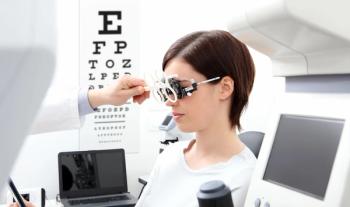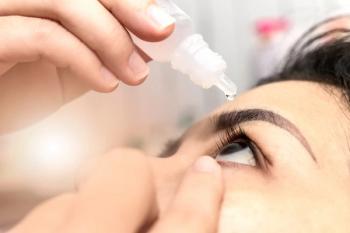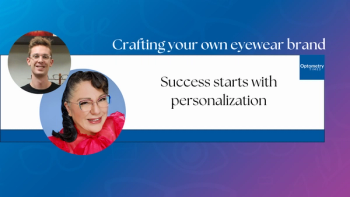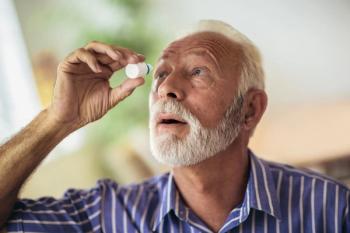
Neurolens technology has power to reduce headaches, study reports
The lens technology was found to have improved headache symptoms.
A new study shows that Neurolens (NL) technology can play a part in reducing headaches and eye strain. The study, led by first author Vivek Labhishetty, PhD, and evaluated the primary end point of differentiating between the subject’s self-completed headache impact test (HIT)-6 scores between NLs and control lenses. Its secondary end point was the difference between the participant’s self-completed HIT-6 scores between NLs and control lenses with a subgroup of participants with a reduced near point of convergences (>5 cm).1
Changes in symptoms were recorded by participants with a HIT-6 survey, that consisted of 6 questions that assessed the impact of headaches on the quality of life on the participant. On the survey’s score range of 36 to 78, participants with a score of at least 56 were included in the study and were retested over 4 separate visits. Due to a drop out rate of about 50%, the researchers recruited 300 subjects for the study to achieve around 150 participants.
The lenses used in the study were the Shamir Autograph II single vision and NL, which both had a similar coating to eliminate any potential bias in participants. Both lenses were worn for about 30 days for at least 8 hours a day. The mean HIT score change between the 2 treatment groups was 1.53 points, with a greater improvement in a subgroup with reduced NPC (1.89 points). The authors cited that a symptom score change of at least 2.5 points would be considered clinically significant.
“NL produced a statistically significant decrease in the impact of headaches on individuals’ quality of life compared with placebo,” the authors stated. “Although the overall magnitude of the decrease was not clinically significant, a clinically meaningful improvement with NL cannot be ruled out with high certainty in the current study.”
NL systems work by detecting and correcting eye misalignment with contoured prism lenses. The process of developing a patient’s prescriptive lenses with NL includes a symptom screener, or lifestyle index, a NL Measurement Device, and novel contoured prism technology that is applied to the lenses. Each of these technologies are utilized to complete NL’s 3 major steps of detection, evaluation, and treatment of binocular vision issues.1
The NL device itself identifies misalignment as small as .01 prism diopter and acquires over 10,000 data points per patient. It is also able to conduct tests in less than 2 minutes.2 The device is then able to provide a visual representation of the patient’s misalignment.3
According to Neurolens, an NL correction lens prescription has shown to deliver “a very high level of symptom relief for patients with various [digital vision syndrome, or] DVS related symptoms such as headaches, neck pain, discomfort with computer use, etc.”2 93% of its patients respond positively to wearing NL,2 while about 83% report improvement to DVS symptoms.3
References:
Labhishetty V, Cortes J, van de Pol C, et al. Impact of Neurolens Use on the Quality of Life in Individuals With Headaches: A Randomized Double-Masked, Cross-Over Clinical Trial. Trans Vis Sci & Tech. 2024;13:27.
https://doi.org/10.1167/tvst.13.1.27 Relief is in Sight. Neurolens. Updated 2024. Accessed March 7, 2024.
Labhishetty V. Factors contributing to the inaccuracy and lack of repeatability with the traditional subjective heterophoria measurements. Neurolens. MKT-9118. Published August 20, 2022. Accessed March 7, 2024.
Newsletter
Want more insights like this? Subscribe to Optometry Times and get clinical pearls and practice tips delivered straight to your inbox.
















































.png)


